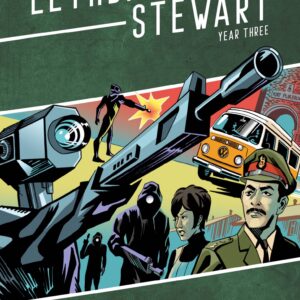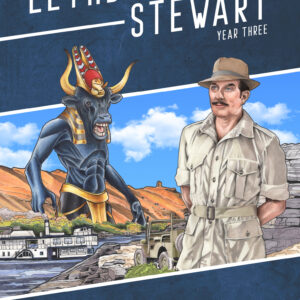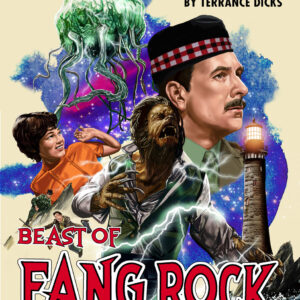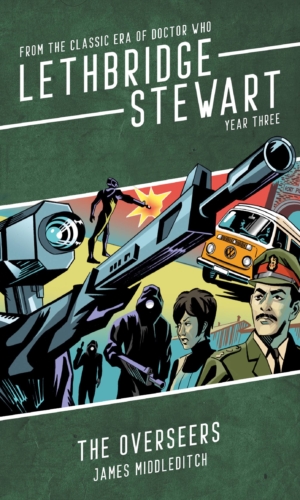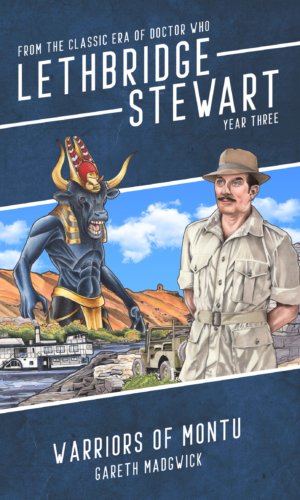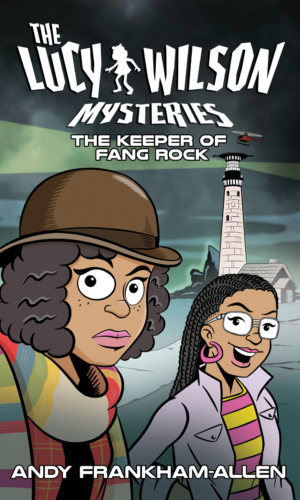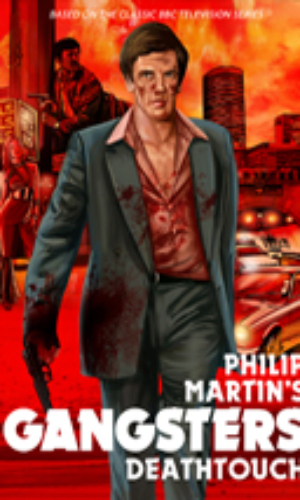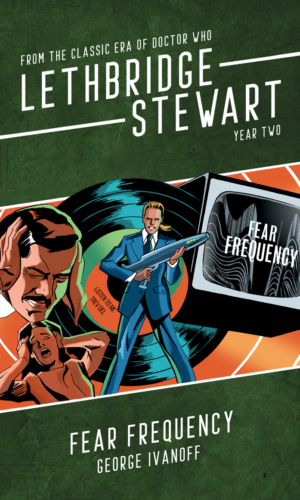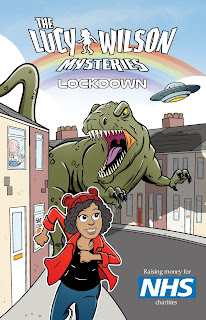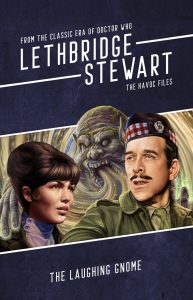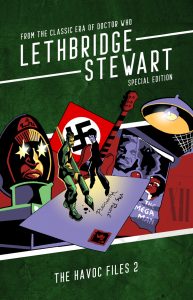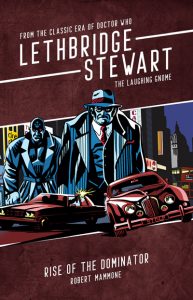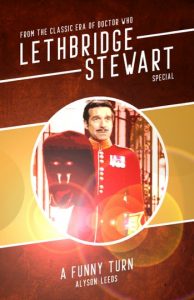Format: DVD
Warts & All: Functionary Masks
Quote: Roll up! Roll up! Roll up! And see these funny little creatures in their native habitat! Watch them go through their funny little tricks! Poke them with a stick and make them jump!
Review: First off, what a great idea. Multiple miniaturised habitats stocked with monsters and people and the Doctor and Jo – on their first TARDIS trip after the Doctor has recovered his freedom from exile – are trapped in this portable zoo. Fantastic. Obviously a tad beyond the scope (ho ho) of BBC production limitations at the time, but d’you know what, I think they do a grand job considering. Once more Doctor Who gets to play with scale and it gives us what is surely one of the best Episode One cliffhangers ever.
In terms of the possibilities the scenario presents I would love to have seen more of the habitats, more of the exhibits, but within the space and time of a mere four-parter, Holmes does pretty well to weave what we do see with the ongoing situation playing outside the Miniscope. While the Doctor and Jo are experiencing their own little dramas within the machine, we have a lovely contrast between the grey natives of Inter Minor and the abundantly colourful pair of travelling entertainers, Vorg and Shirna. Give those two a TARDIS and there’s no end to the adventures we could see. The wonderfully dry Leslie Dwyer (later to become a drunken Punch & Judy man at the Hi-De-Hi holiday camp) and Cheryl Hall (Shirl, from Citizen Smith) make a great double act in ridiculous outfits that make the Sixth Doctor’s infamous coat look a bit on the tame side. As for the Inter Minorians, the trio of officials, constantly engaging in quiet conferences ‘on the side’, make for another nicely penned – and performed – comedy act, with Michael Wisher, Peter Halliday and Terrence Lodge fully embracing their respective roles and making up (!) for a poor make-up job. The lowly Functionaries are among the worst-realised aliens in Doctor Who, with some very rigid and functional (beg your pardon) masks. Luckily they’re not dwelt on at any great length in too many scenes, their highpoint being when one breaks ranks and in a wonderfully literal way rises above his station on what is, yeah, a somewhat confined city set.
The machine interior sets are similarly limited, but the director does a reasonable job of extracting maximum mileage out of the same stretches of giant circuitry and there’s a sense of the groovy seventies vibe in the design. The script even acknowledges the repetitive nature of the passages etc and that’s a smart move because it was never going to escape the audience’s notice. The script is pretty smart all-round, laced with wit, some terrific moral outrage from the Doctor and a rare ‘pure Pertwee’ moment where he’s able to channel one of those comic voices he was noted for prior to joining Doctor Who. Always nice to see Ian Marter in his pre-Harry Sullivan role. The Drashigs and the Plesiosaur vary from looking sometimes terrible to actually not that bad and the eyes are asked to do a fair amount of forgiving for some ragged-edged CSO shots, but overall it engages really well on a story and character level, albeit Major Daley and his daughter are somewhat stereotypical but they’re sort of delightful stereotypes.
There are a few plot quibbles, such as how the crew of the SS Bernice aren’t a little bit more curious about the large Drashig-sized hole left in the for’ard cargo hold after Major Daley has shot one of the monsters with a Tommy Gun – I mean, that’s some potent hypnotic conditioning to get them to ignore that and return to their programmed routine – but ultimately the more interesting questions relate to the Doctor’s involvement – along with the Time Lords – in banning the Miniscope devices as part of some intergalactic convention. It raises speculation about a wider Doctor Who universe, something at which Robert Holmes is generally as dexterous as Vorg with his yarrow seed and magum pods.



